The ex-Steve McQueen
The ex-Steve McQueen 1963 FERRARI 250 GT/L LUSSO BERLINETTA DESIGN BY PININFARINA; COACHWORK BY SCAGLIETTI Chassis No. 4891 Engine No. 4891 Marrone Metallizzato, Beige leather interior Engine: V-12, 2,953cc, three Weber dual throat carburetors, 250bhp at 7,000 rpm; Gearbox: 4-speed manual; Suspension: front, independent with coil springs and tubular shock absorbers; rear, live axle with semi-elliptical leaf springs and tubular shock absorbers; Brakes: four-wheel discs. Left hand drive. Perfection is approached progressively, in stages and steps. For Steve McQueen the pursuit of perfection began in 1955 when he, along with some 200 others, auditioned for one of two openings in Lee Strasberg's Actors' Studio. He and Martin Landau where selected for those exclusive positions. The following years saw McQueen appear in several New York-based television productions before continuing his television career in Hollywood with roles like Josh Randall in "Trackdown". Creating characters, an acting style and a persona which would become legendary, Steve McQueen was on his way. McQueen landed his first starring movie role in 1958 in the science fiction milestone "The Blob" while building his television reputation with the series "Wanted: Dead or Alive" which developed the John Randall character into a five-year series, from 1958 through 1961, totaling 73 episodes. With this role Steve McQueen became an instantly recognized acting celebrity, but the best was yet to come. From the late 50's on McQueen managed parallel careers in television with "Wanted: Dead or Alive" and in film with movies and roles of steadily increasing significance. He achieved breakout success in "The Magnificent Seven" in 1960, an environment of unusual complexity, featuring a strong group of charismatic actors. Steve McQueen's presence on camera, although overmatched on paper by the accomplishments, reputations, billing and experience of established stars like Yul Brynner Eli Wallach, Charles Bronson, Robert Vaughn and James Coburn, always drew the eyes and attention of theatergoers. The McQueen legend was anchored in bedrock in 1963 with his role as Captain Hilts in "The Great Escape." Once again surrounded by a stellar cast including James Garner, (Sir) Richard Attenborough, Charles Bronson, Donald Pleasance, James Coburn and David McCallum, Steve McQueen's portrayal of Hilts, the baseball-playing loner American escape artist, combined dedication, bravery, determination and bravado with a motorcycle chase that set the stage for later McQueen driving/riding roles in "Bullitt" and "Le Mans". McQueen was the king of cool, with a self-deprecating casualness that only enhanced his charm, capability and charisma. His fondness for automobiles, motorcycles, toys and generally anything mechanical permeated his life, both on-screen and off. His career was on a roll in early 1963 when Steve McQueen and his wife Neile Adams walked into Otto Zipper's Wilshire Boulevard showroom in Santa Monica and left behind a check that made Steve's years at California's Boys Republic seem a distant memory. It was the deposit on a new Ferrari 250 GT/L Lusso Berlinetta, the car offered here. The Ferrari 250 GT Enzo Ferrari had begun his company's own quest for the perfect gran turismo in 1954, in a fitting parallel with Steve McQueen's 1955 acceptance into The Actors' Studio. Ferrari's vehicle was the 250 GT Europa. Powered by a development of the original Ferrari V-12 engine designed by Gioacchino Colombo, the first 3-liter 250 GT Europa with three Weber carburetors gave some 250bhp. Its chassis was Ferrari's first road car with coil spring independent front suspension. For Ferrari the creation of the 250 GT Europa spelled commercial success. Although only thirty-six examples were built, it led directly to Ferrari's next series-produced gran turismo, the 250 GT bodied by Boano and its successor Ellena to a design by Pinin Farina. Built from 1956 through 1958, production of the 250 GT Boan
The ex-Steve McQueen
The ex-Steve McQueen 1963 FERRARI 250 GT/L LUSSO BERLINETTA DESIGN BY PININFARINA; COACHWORK BY SCAGLIETTI Chassis No. 4891 Engine No. 4891 Marrone Metallizzato, Beige leather interior Engine: V-12, 2,953cc, three Weber dual throat carburetors, 250bhp at 7,000 rpm; Gearbox: 4-speed manual; Suspension: front, independent with coil springs and tubular shock absorbers; rear, live axle with semi-elliptical leaf springs and tubular shock absorbers; Brakes: four-wheel discs. Left hand drive. Perfection is approached progressively, in stages and steps. For Steve McQueen the pursuit of perfection began in 1955 when he, along with some 200 others, auditioned for one of two openings in Lee Strasberg's Actors' Studio. He and Martin Landau where selected for those exclusive positions. The following years saw McQueen appear in several New York-based television productions before continuing his television career in Hollywood with roles like Josh Randall in "Trackdown". Creating characters, an acting style and a persona which would become legendary, Steve McQueen was on his way. McQueen landed his first starring movie role in 1958 in the science fiction milestone "The Blob" while building his television reputation with the series "Wanted: Dead or Alive" which developed the John Randall character into a five-year series, from 1958 through 1961, totaling 73 episodes. With this role Steve McQueen became an instantly recognized acting celebrity, but the best was yet to come. From the late 50's on McQueen managed parallel careers in television with "Wanted: Dead or Alive" and in film with movies and roles of steadily increasing significance. He achieved breakout success in "The Magnificent Seven" in 1960, an environment of unusual complexity, featuring a strong group of charismatic actors. Steve McQueen's presence on camera, although overmatched on paper by the accomplishments, reputations, billing and experience of established stars like Yul Brynner Eli Wallach, Charles Bronson, Robert Vaughn and James Coburn, always drew the eyes and attention of theatergoers. The McQueen legend was anchored in bedrock in 1963 with his role as Captain Hilts in "The Great Escape." Once again surrounded by a stellar cast including James Garner, (Sir) Richard Attenborough, Charles Bronson, Donald Pleasance, James Coburn and David McCallum, Steve McQueen's portrayal of Hilts, the baseball-playing loner American escape artist, combined dedication, bravery, determination and bravado with a motorcycle chase that set the stage for later McQueen driving/riding roles in "Bullitt" and "Le Mans". McQueen was the king of cool, with a self-deprecating casualness that only enhanced his charm, capability and charisma. His fondness for automobiles, motorcycles, toys and generally anything mechanical permeated his life, both on-screen and off. His career was on a roll in early 1963 when Steve McQueen and his wife Neile Adams walked into Otto Zipper's Wilshire Boulevard showroom in Santa Monica and left behind a check that made Steve's years at California's Boys Republic seem a distant memory. It was the deposit on a new Ferrari 250 GT/L Lusso Berlinetta, the car offered here. The Ferrari 250 GT Enzo Ferrari had begun his company's own quest for the perfect gran turismo in 1954, in a fitting parallel with Steve McQueen's 1955 acceptance into The Actors' Studio. Ferrari's vehicle was the 250 GT Europa. Powered by a development of the original Ferrari V-12 engine designed by Gioacchino Colombo, the first 3-liter 250 GT Europa with three Weber carburetors gave some 250bhp. Its chassis was Ferrari's first road car with coil spring independent front suspension. For Ferrari the creation of the 250 GT Europa spelled commercial success. Although only thirty-six examples were built, it led directly to Ferrari's next series-produced gran turismo, the 250 GT bodied by Boano and its successor Ellena to a design by Pinin Farina. Built from 1956 through 1958, production of the 250 GT Boan
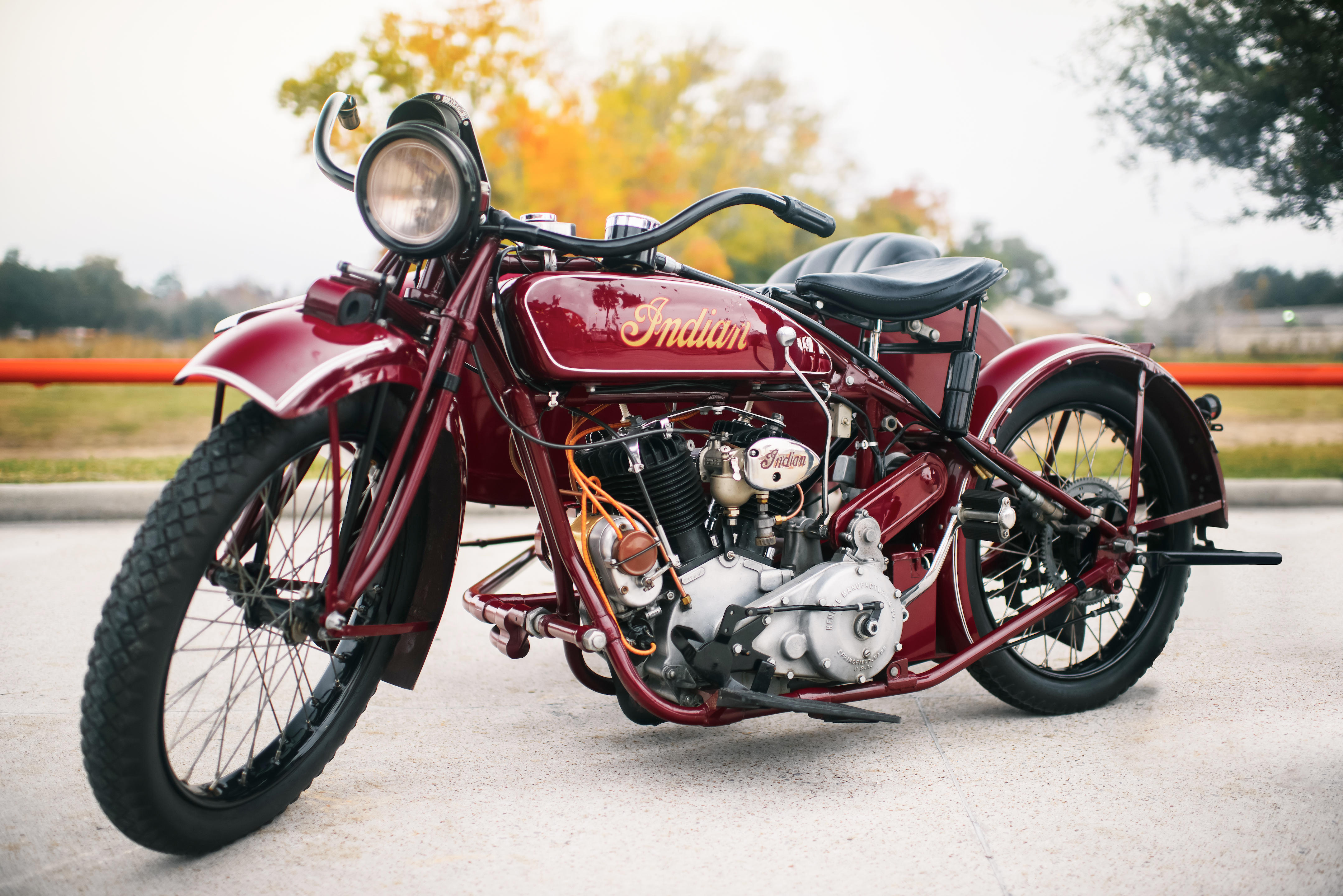
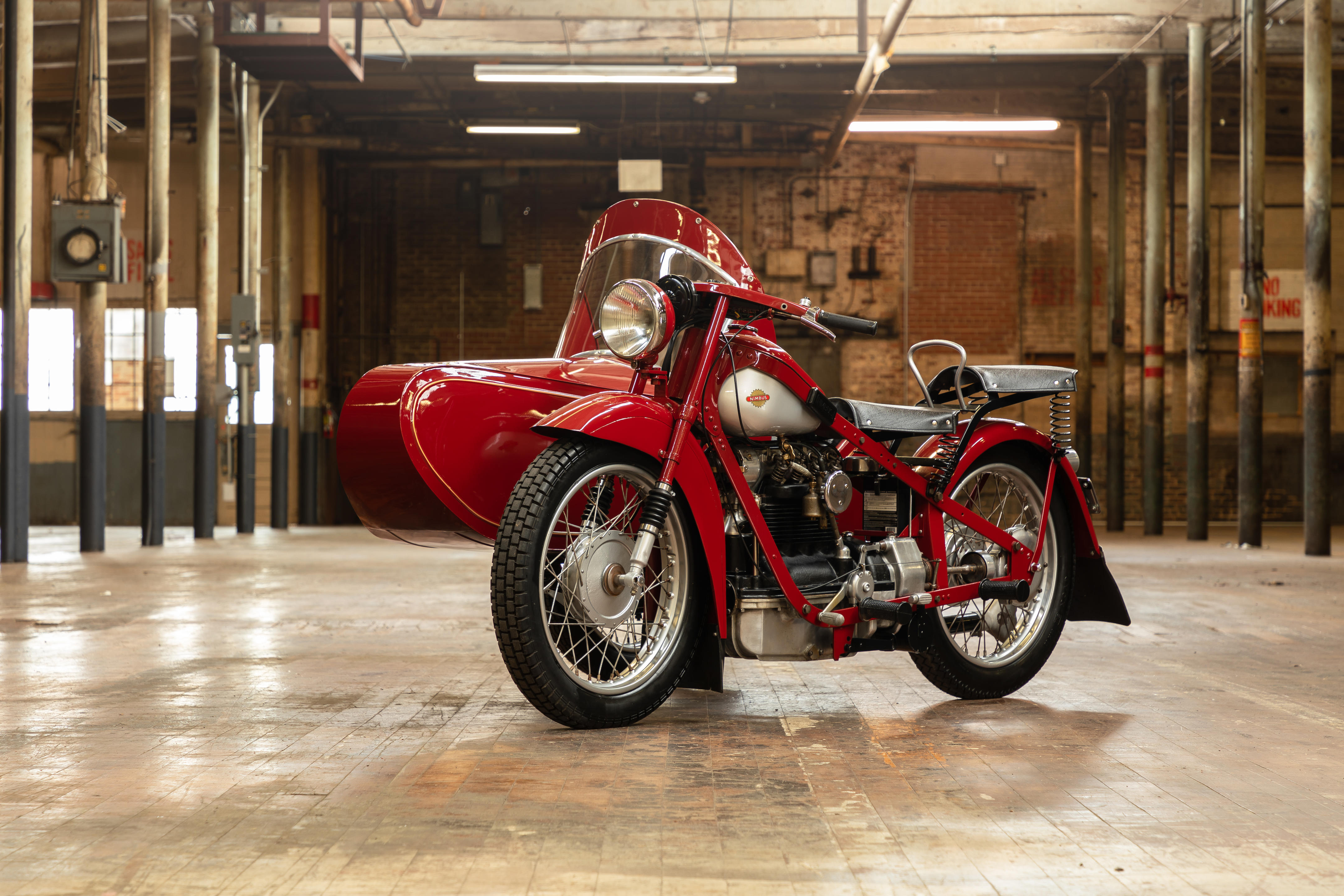
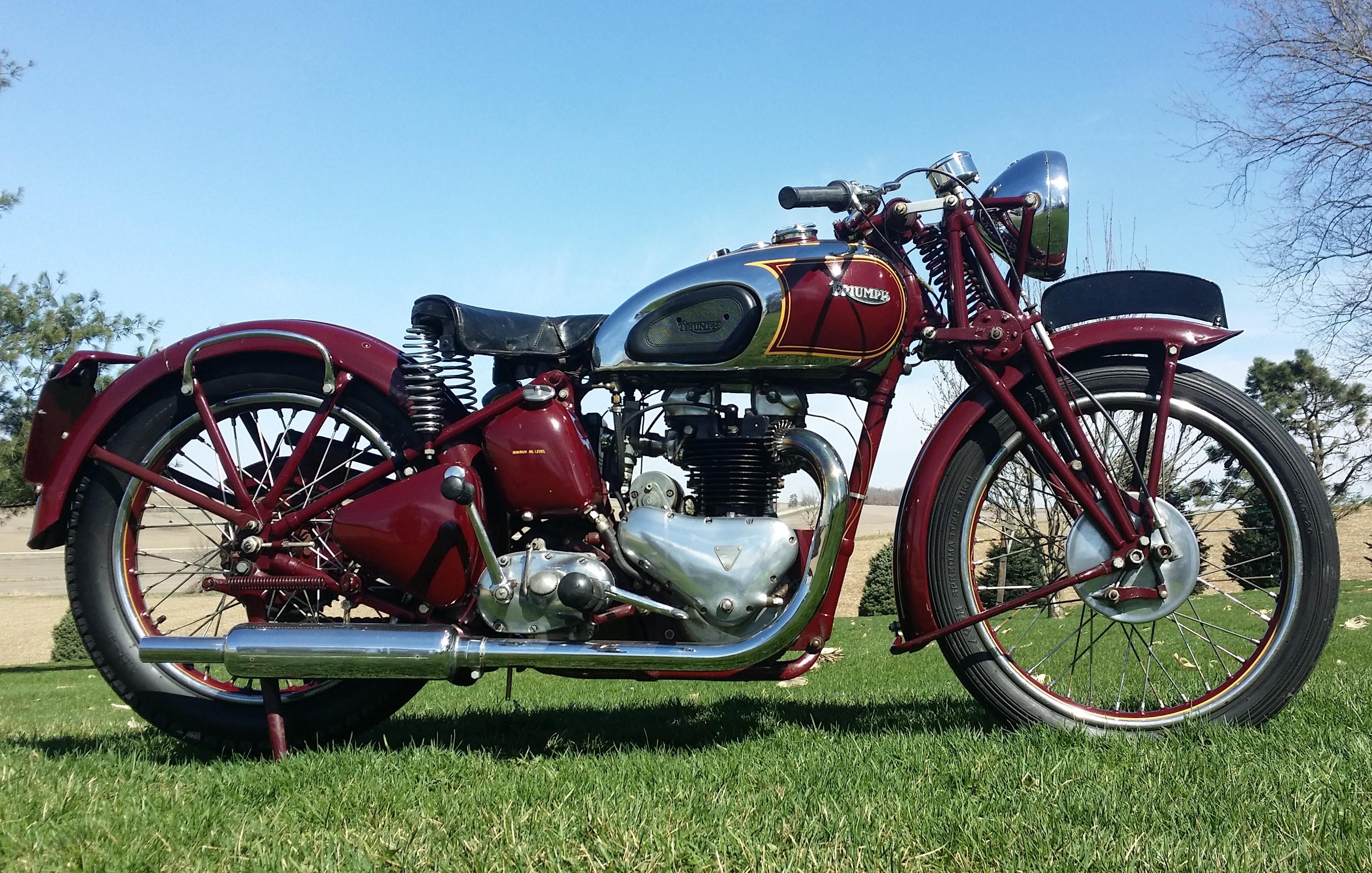
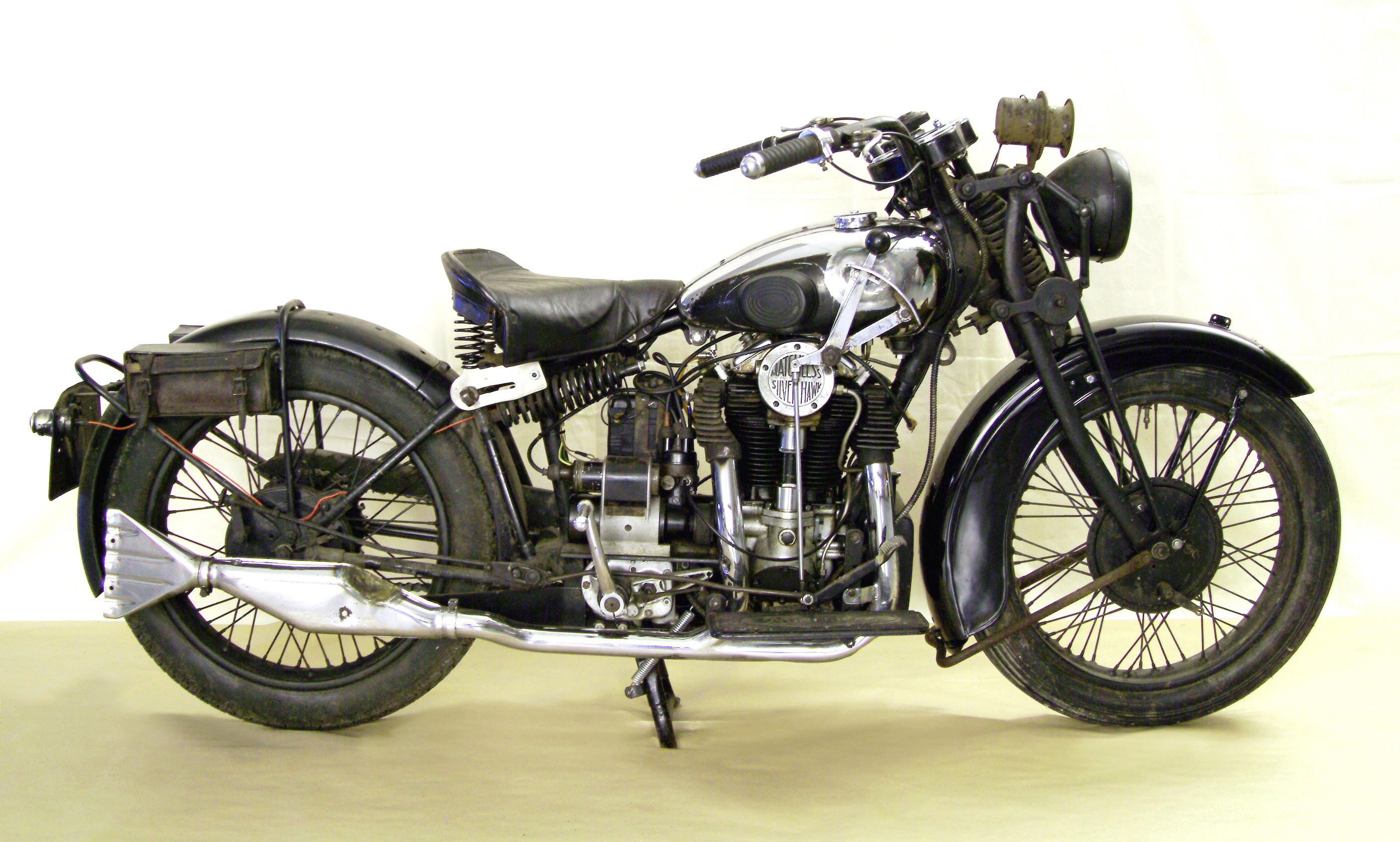


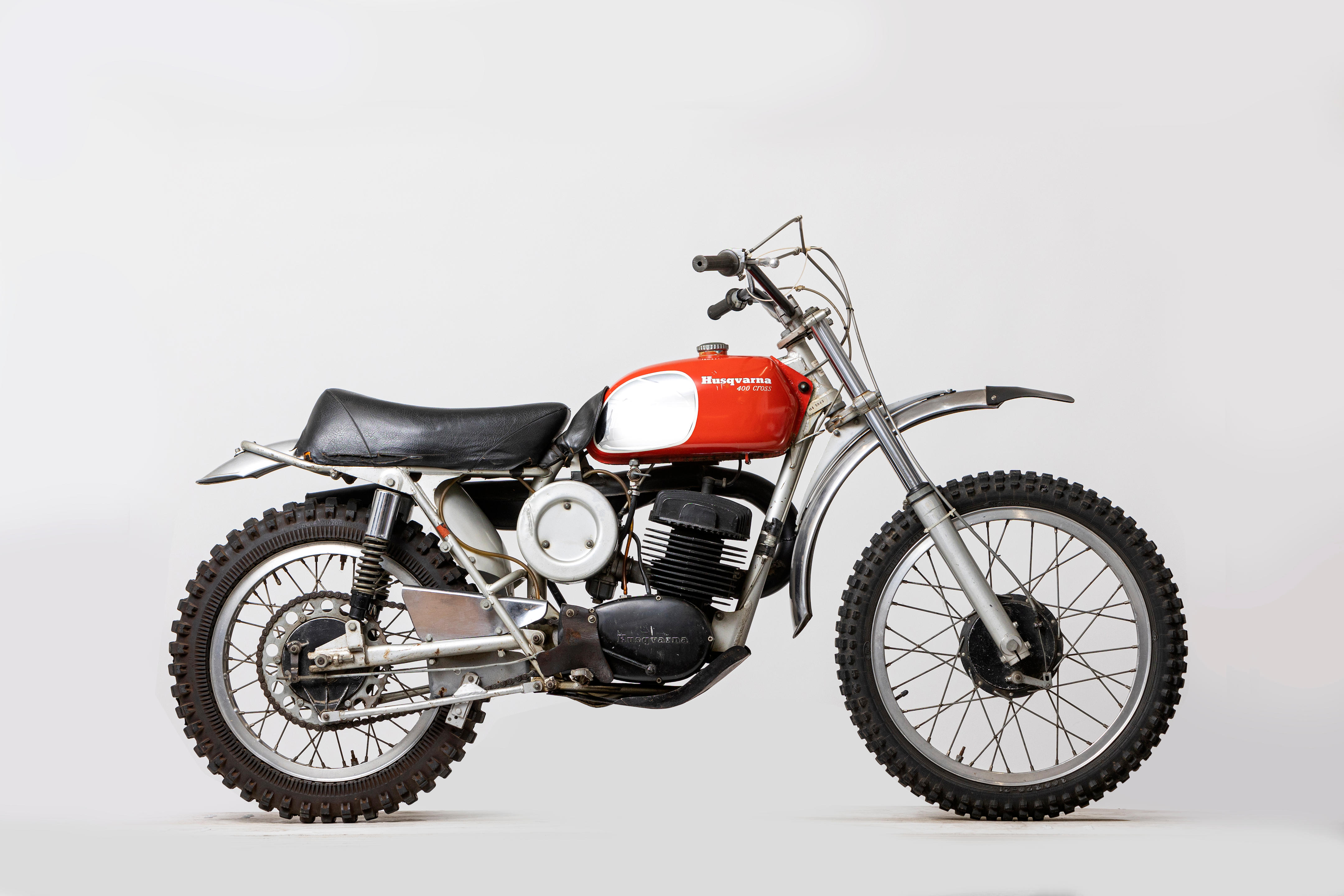
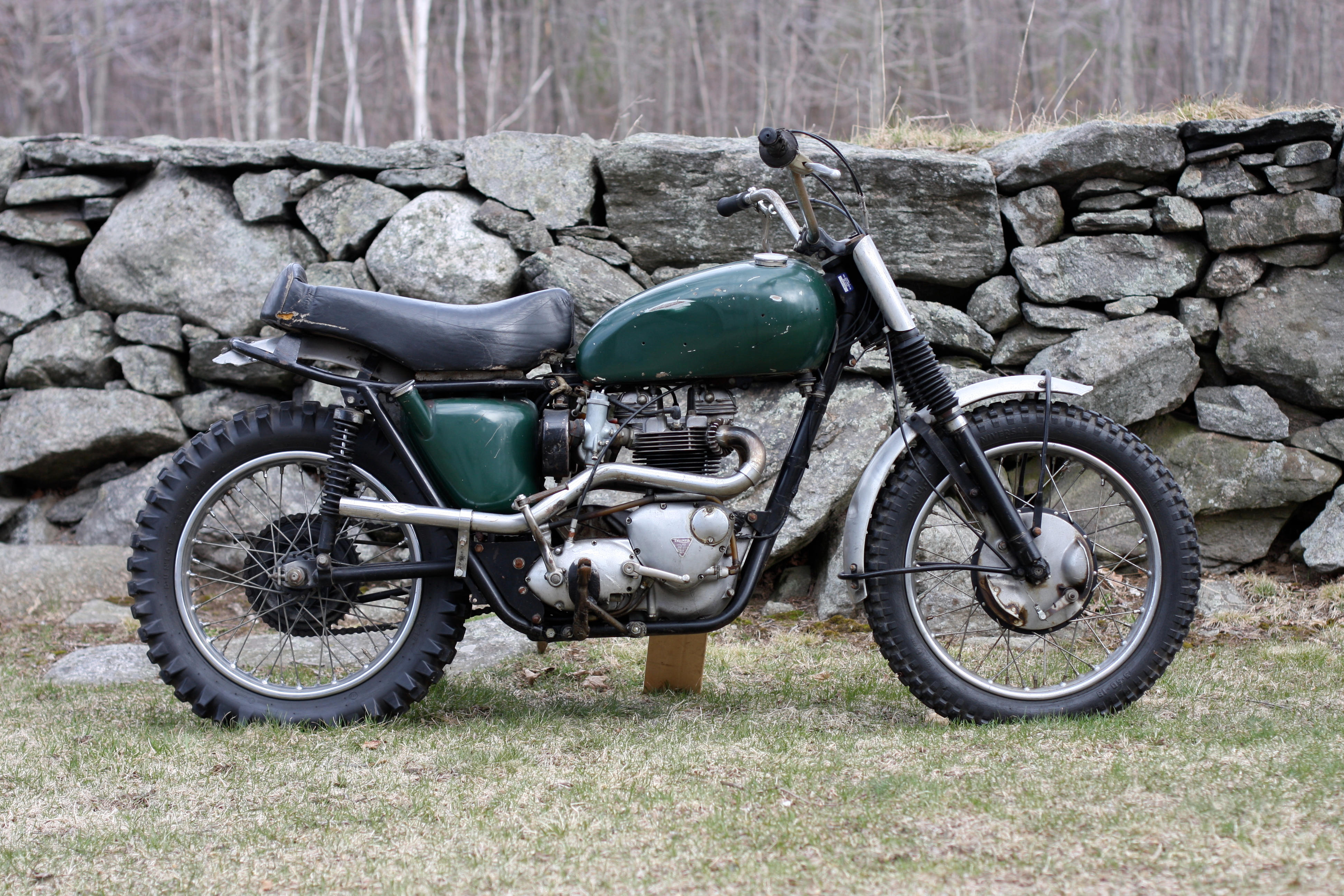
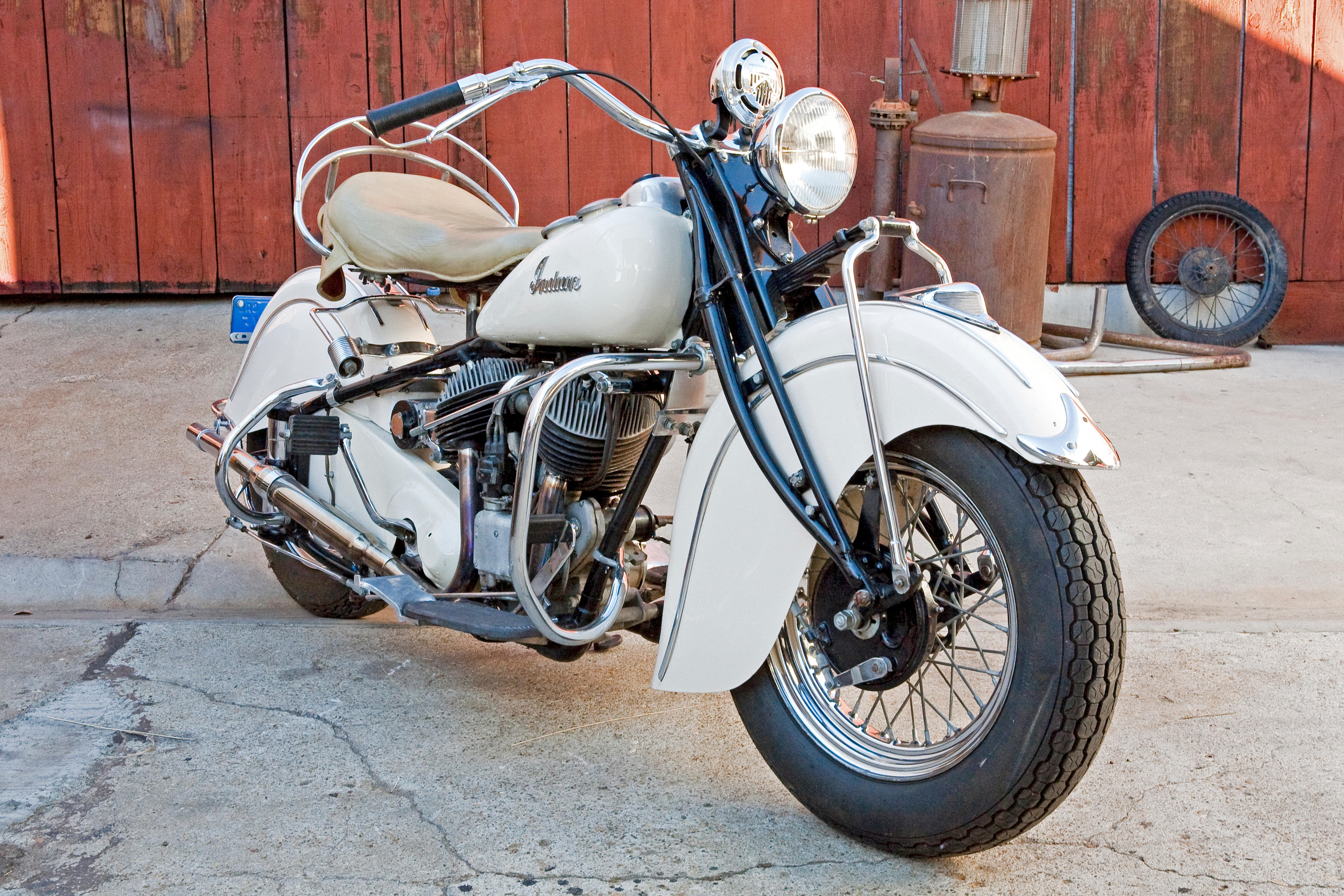
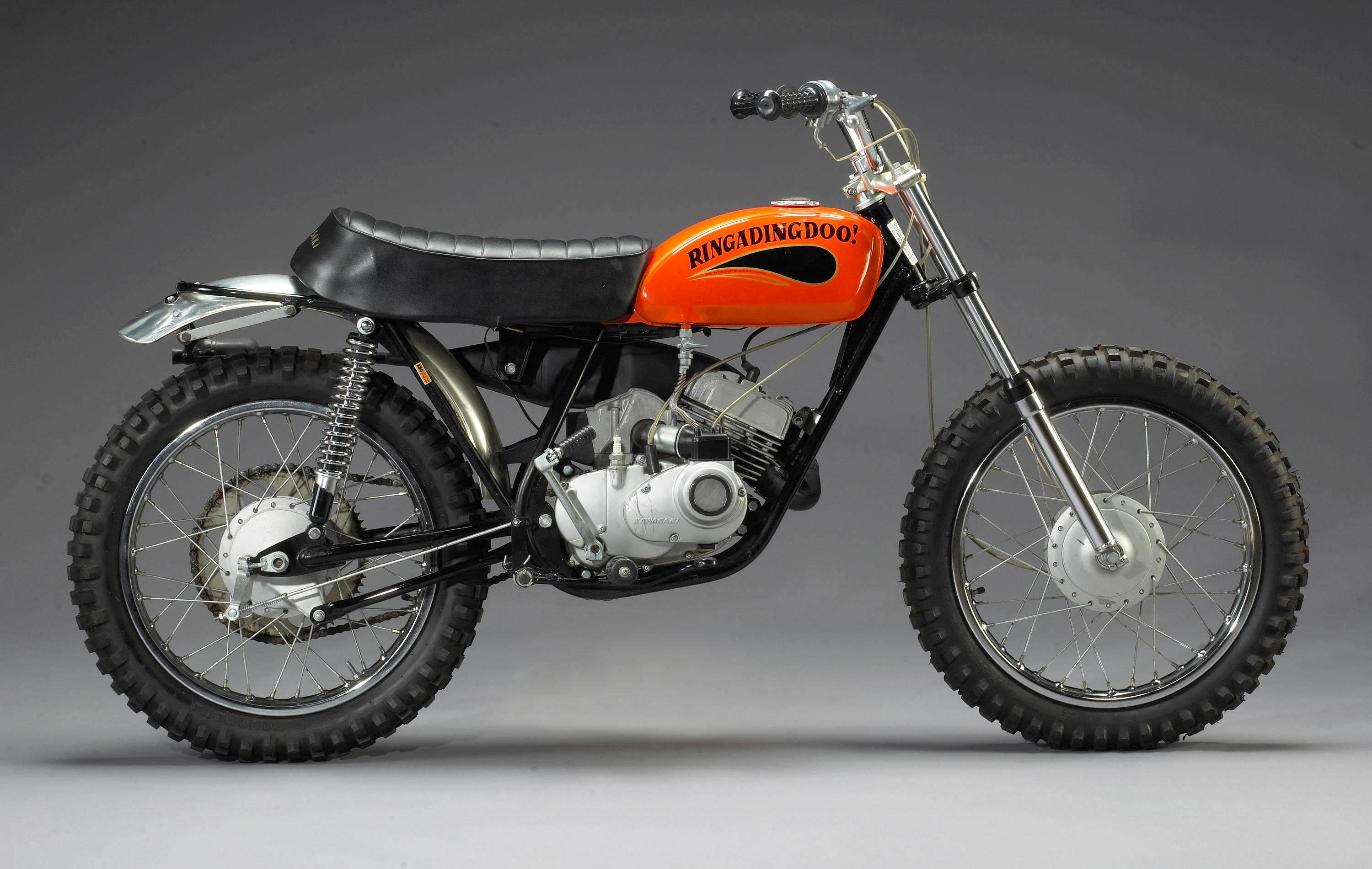

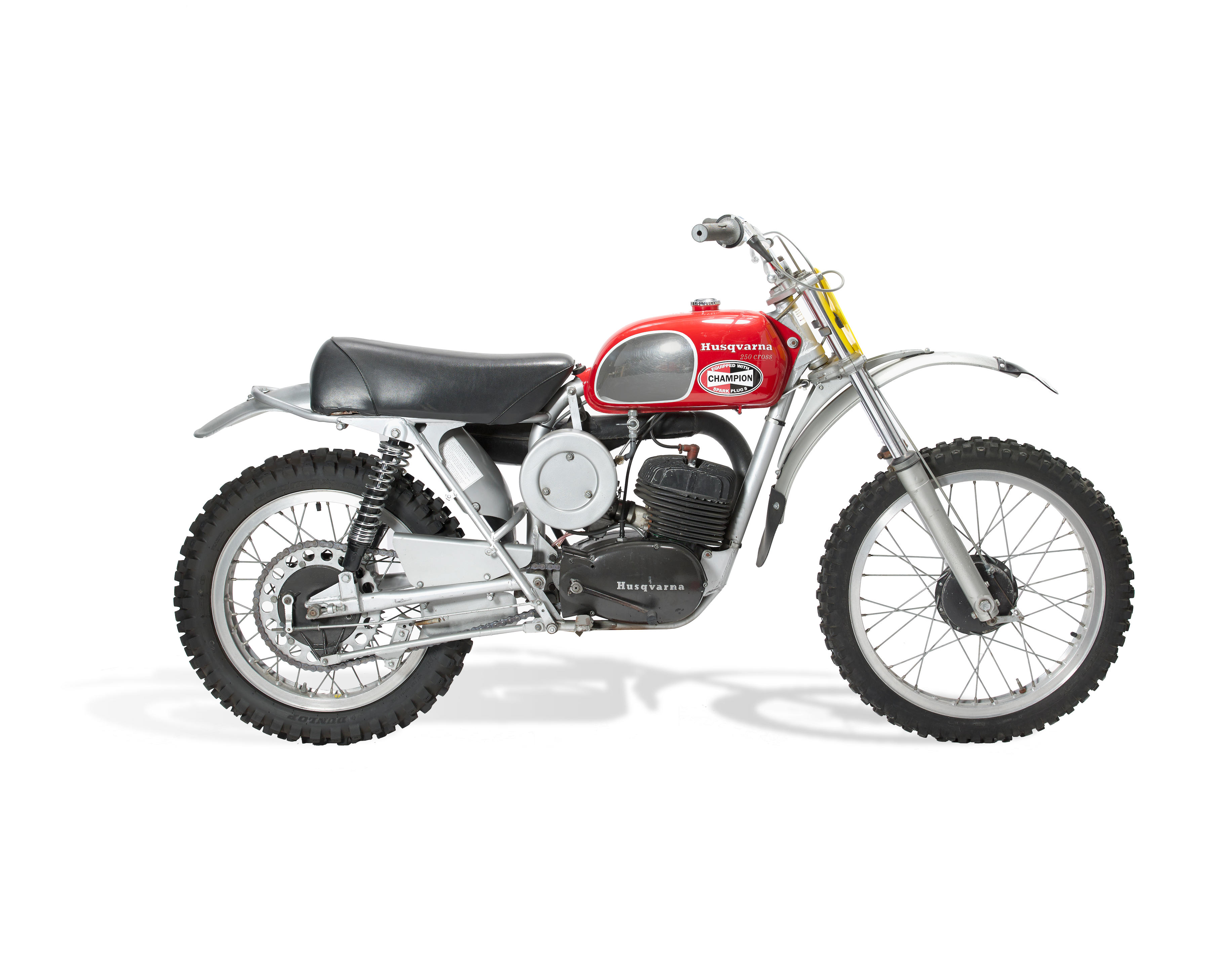
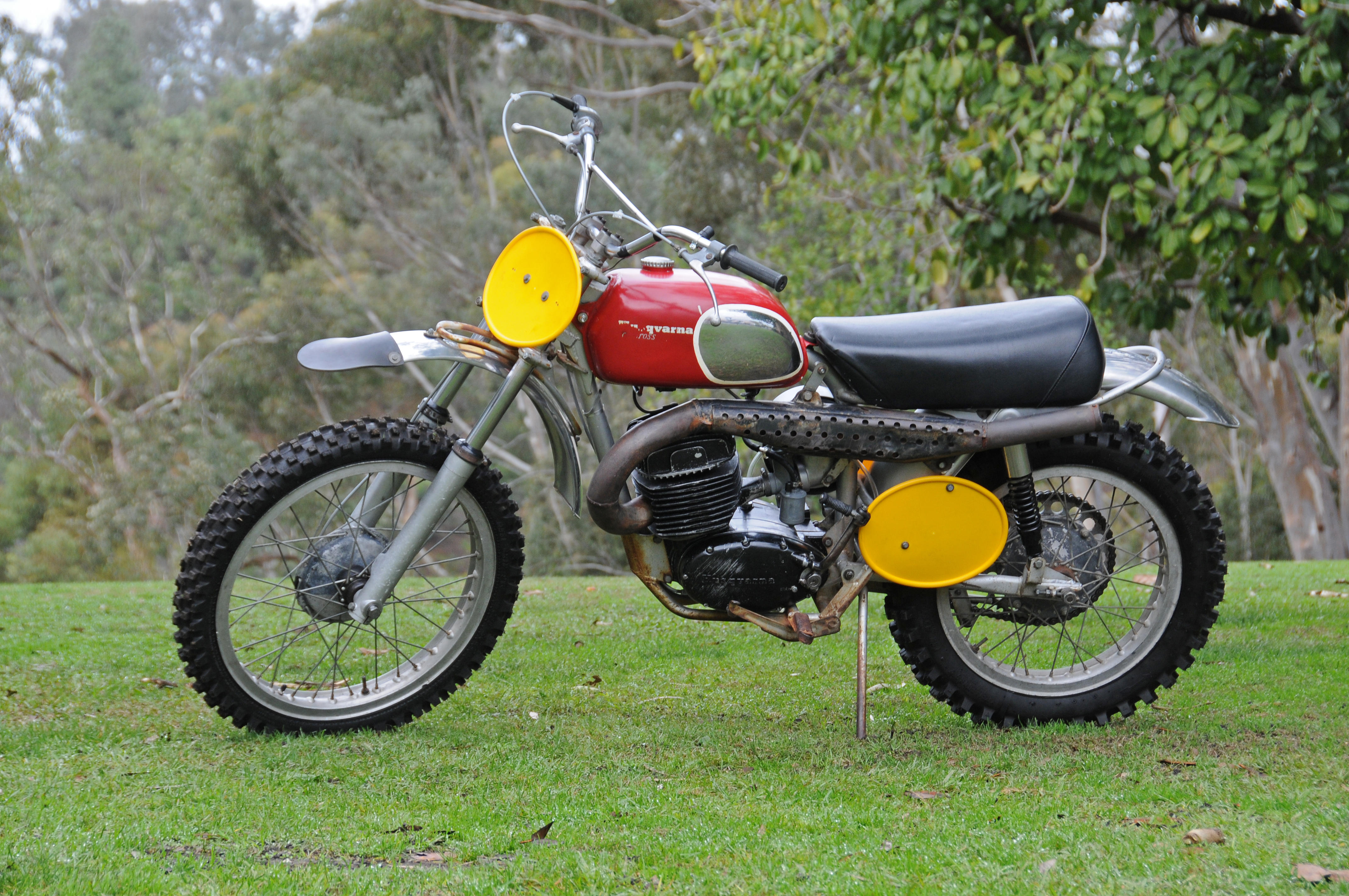

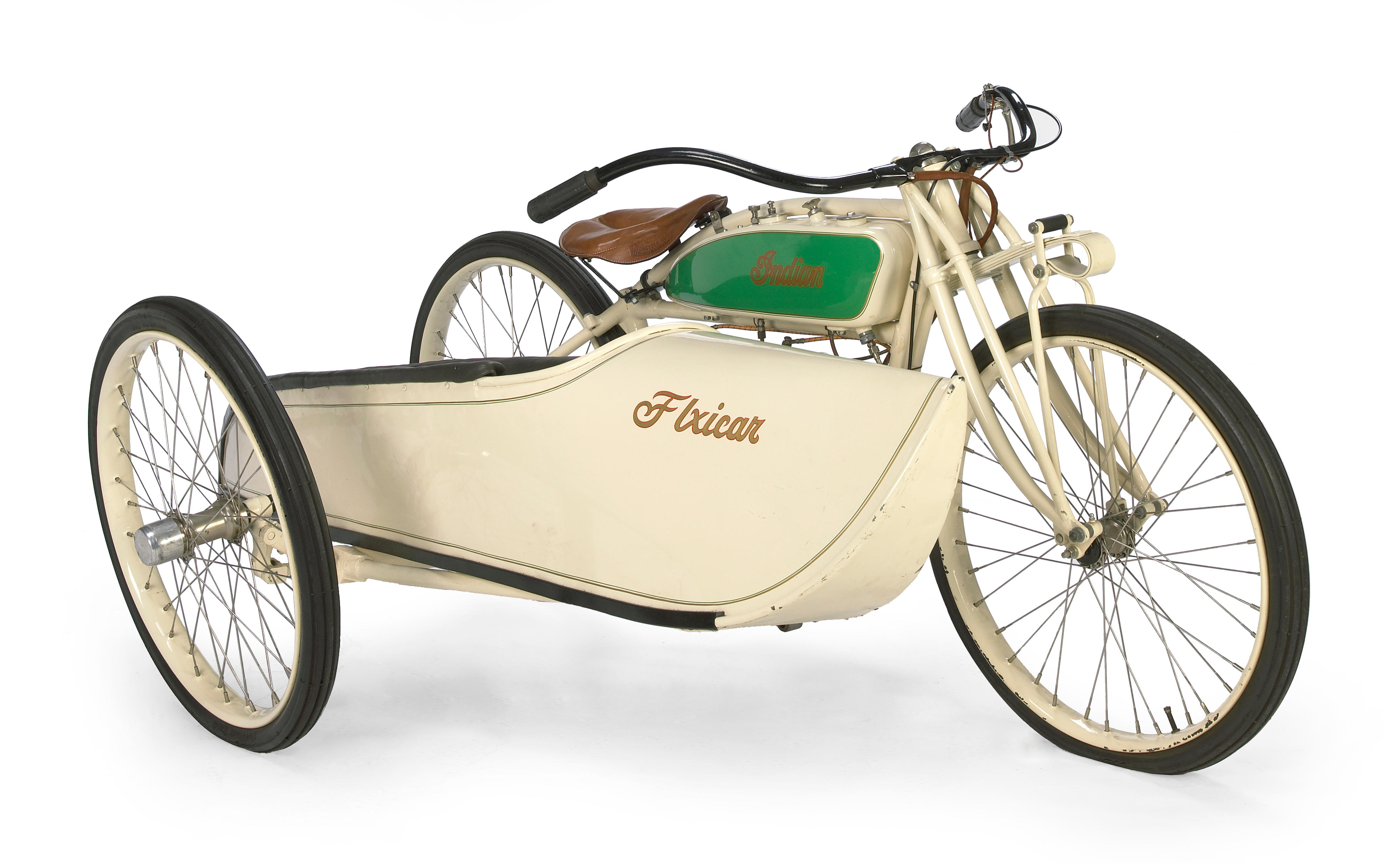
Try LotSearch and its premium features for 7 days - without any costs!
Be notified automatically about new items in upcoming auctions.
Create an alert